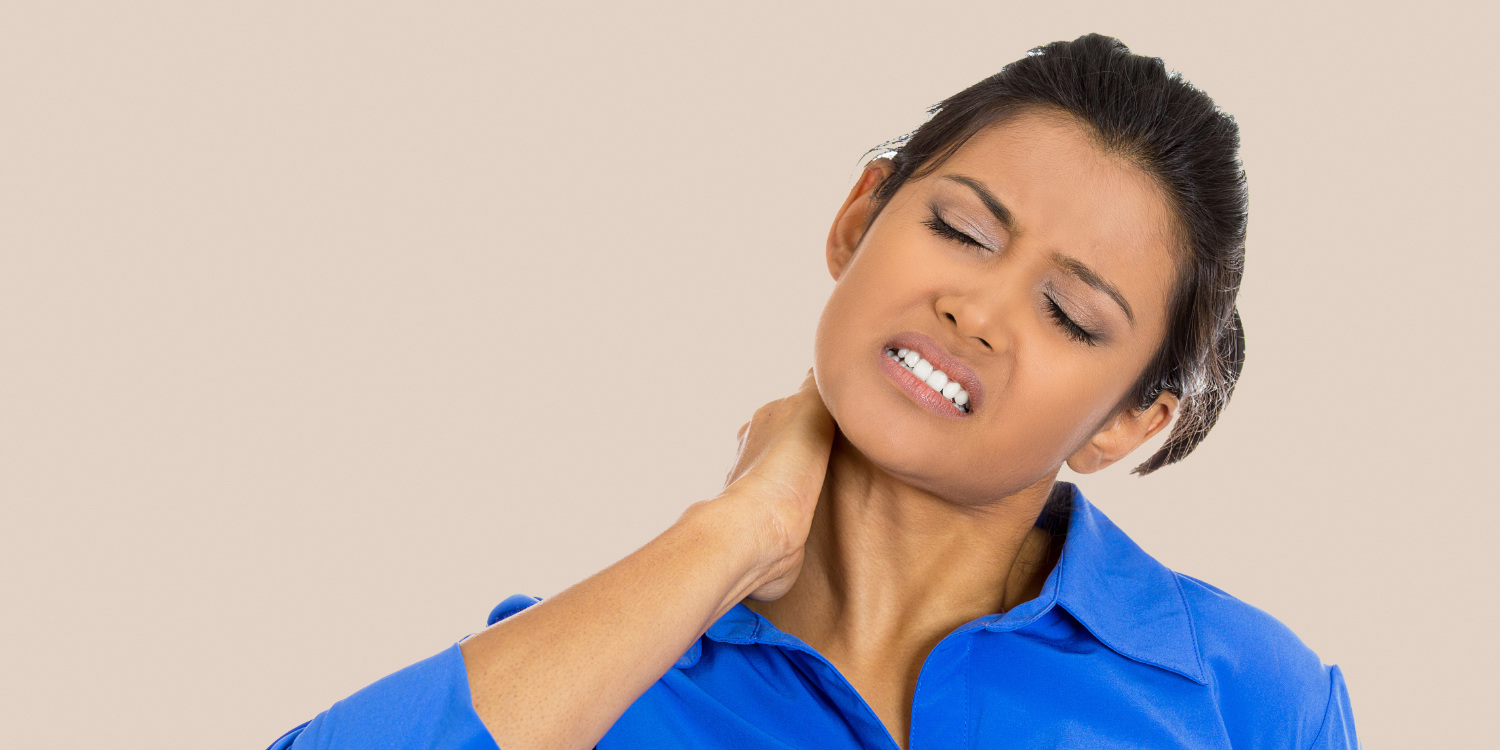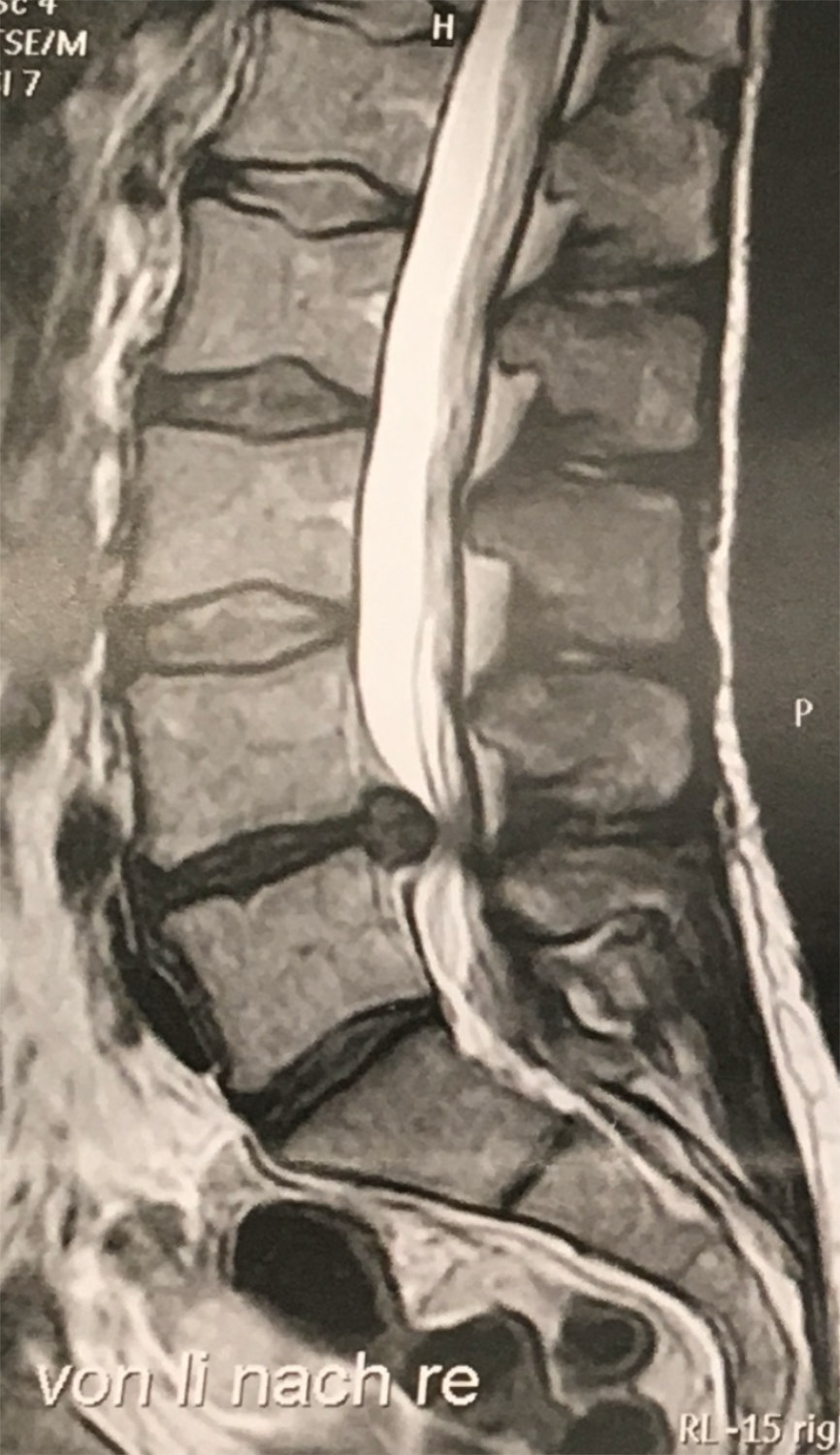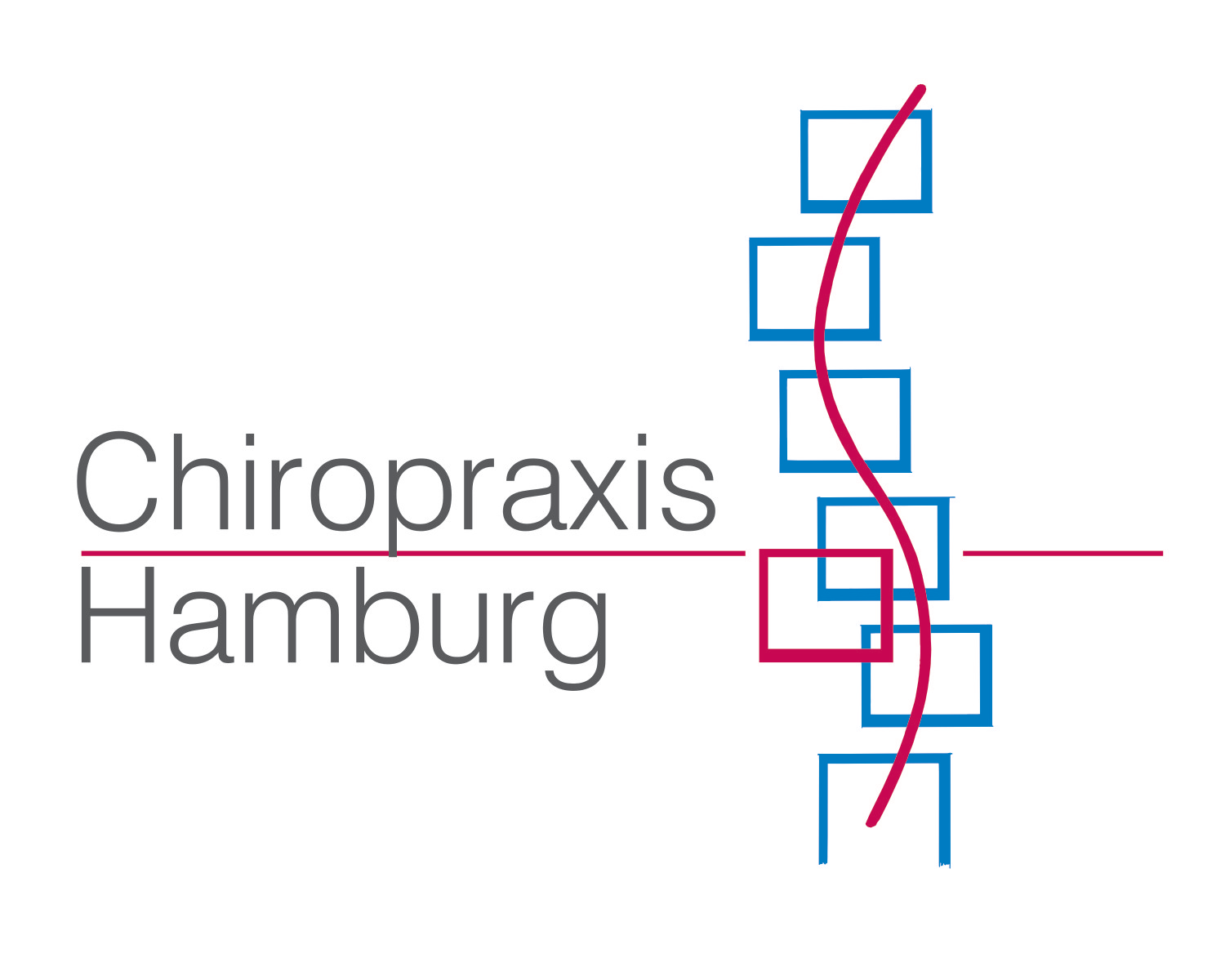Herniated disc

Headache

Baby colic

Sport & Extremities

Kids

Other diseases

Arthritis

Neck pain

Exercises

Herniated disc

Symptoms
Herniated discs occur most frequently in the lumbar spine, less frequently in the cervical spine and only rarely in the thoracic spine.
A herniated disc can not only cause pain in the back, but can also put pressure on the nerve roots of the spinal cord at the point where the nerve roots exit through an opening on the side of the spinal column.
The symptoms depend on the position of the herniated disc and where the cartilage rings are damaged. Slipped discs in the lumbar spine can initially feel like lumbago and are often accompanied by sciatic pain, which can also radiate to the back of the thigh, the calf, the heel or the big toe. If there is pressure on the nerve, this can lead to impaired sensation (numbness) and reduced muscle strength in the areas supplied by the nerve. Typical areas for these neurological deficits are the lower leg or foot. The result is problems with support and a lack of strength in the foot when walking. If the pressure on the nerve persists for a long time, this can lead to a breakdown of the muscles in the lower leg and foot.
The intervertebral disc is the cartilage disc that provides the joint connection between the vertebrae of the spine. It acts like a “shock absorber” between the vertebrae and prevents them from being pressed directly against each other.
It also allows us to bend and turn. The intervertebral disc has two components, cartilage fibers and a Galert-like nucleus. The cartilage fibers are formed in a very large number of rings around each other, similar to the shape of an onion. The fibers run at approximately a 45 degree angle, with each layer running diagonally in the opposite direction to each other. These layers “hug” the nucleus in the middle of the intervertebral disc. In children, this nucleus is still large, but with age it loses fluid and slowly dries out, which is referred to as degeneration of the intervertebral disc. If the intervertebral disc is subjected to pressure, the nucleus is pressed against the cartilage fibers.
If the back is exposed to incorrect loads, such as repeated poor working postures, a fall on the back, or heavy lifting in combination with twisting, this can lead to a fracture in the cartilage fibers. This process normally occurs gradually, with weak points developing in the cartilage fibers at the same time.
This occurs most frequently in the posterior part of the disc, as this is where the disc is weakest, resulting in the nucleus being pressed against or even completely through the cartilage fibers. – This is referred to as a herniated disc with sequestrum.
A person with a slipped disc is not necessarily in pain. In fact, 20% of people under 40 and 27% over 40 have a slipped disc without realizing it. And even if a slipped disc is present, any back pain does not necessarily have to be caused by this slipped disc.
Diagnosis
The chiropractor makes a diagnosis based on the patient’s medical history and the results of clinical examinations. X-rays or MRI scans are usually also taken as part of the clinical examinations.
Provided that there is no paralysis of the bladder, chiropractic treatment makes sense.

Treatment
The treatment is carried out like any other targeted chiropractic treatment according to the Gonstead system. If the pressure on the nerve is reduced, it gradually begins to function normally again.
Treatment often leads to an immediate improvement in symptoms. Examinations with the latest equipment (magnetic resonance imaging) have shown that the herniated disc does not always regenerate, but that freedom of movement and freedom from symptoms are normalized. This is supported by other studies, as mentioned earlier, that patients can be absolutely symptom-free (pain-free, etc.) even with a herniated disc.
Surgery can usually be avoided with chiropractic treatment. In some severe cases it is not possible to relieve the pressure on the nerve, other treatments must then be considered, usually surgery is then unavoidable.
During an operation, the bulging part of a disc is removed. However, this does not always eliminate all symptoms, as the back has often had to compensate for misalignments long before a slipped disc occurs. After the disc operation, the other misalignments must now also be corrected by chiropractic treatment in order to eliminate any remaining symptoms (immobility, stiffness in the back, etc.), but also to prevent a new herniated disc as a result of misalignments.
Rehabilitation
In the later course of treatment, it is important that the patient learns a correct working posture. One of the most important things is a lifting technique that is easy on the back.
Intensive back training, in which the back muscles are trained in strength and endurance, proved to be an effective means of stabilizing the back so that the patient can lead an active life again. A good training program lasts at least 3 months, but you must be aware that the first results will only be noticeable after 6-8 weeks.
This may seem like a long time, but research shows that muscles, tendons, ligaments and joint cartilage need this time to regenerate and strengthen. The price seems high, but in the long run it is worth it.

Prevention
Prevention is of course always the most important thing. Back strain with repetitive and one-sided movements, bent and twisted working positions and stress in the form of a fast pace of work, for example, or work pressure have proven to be the most common causes of pain in the back and lumbar region. The chiropractor can help here with specific advice on correct movement sequences. Regular training also proved to be helpful for back problems. In general, a regular back training program is the best way to prevent back problems of any kind, as a well-trained “muscle corset” can almost completely eliminate back problems. The best prerequisite for an active and satisfying life.
The correct movement sequences of the spine are a prerequisite for healthy intervertebral discs.
Contact us
+4-9 (0) 40 461420
Telephone times
Monday – Thursday – 08:00-13:00 & 14:00-18:00
Friday – 08:00-17:00
Saturday & Sunday – closed
